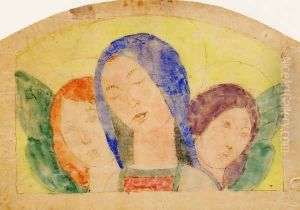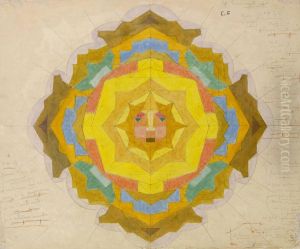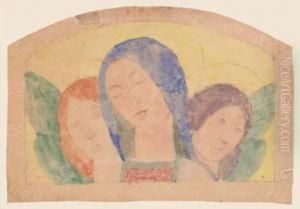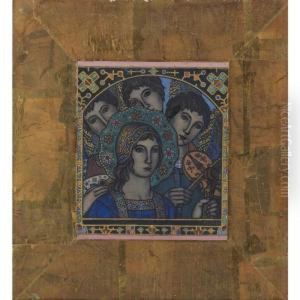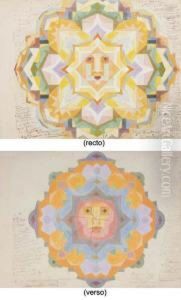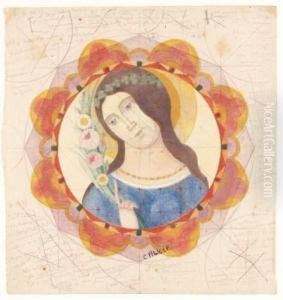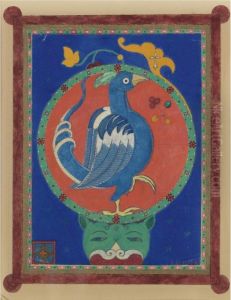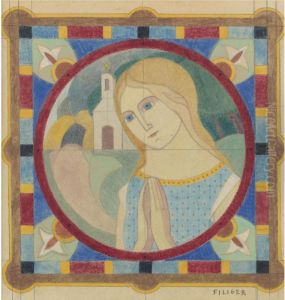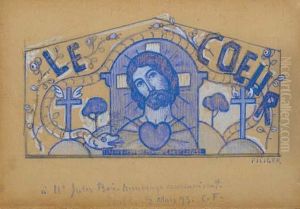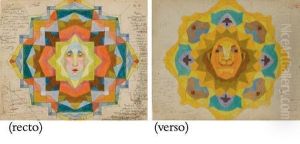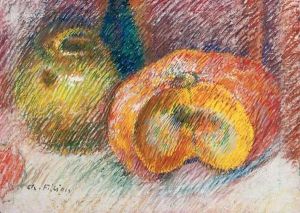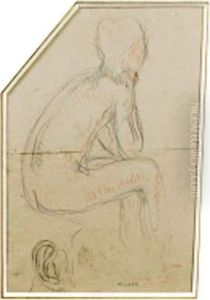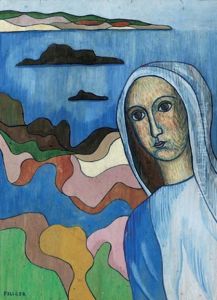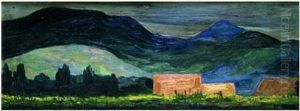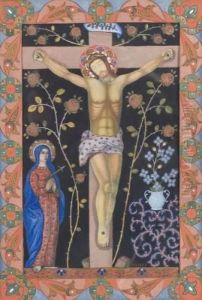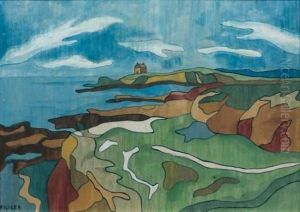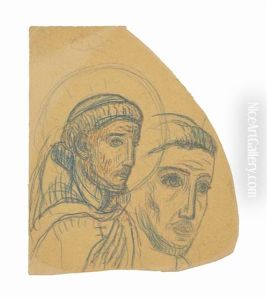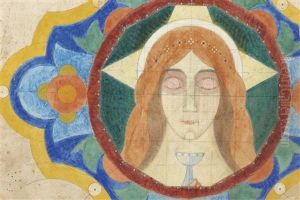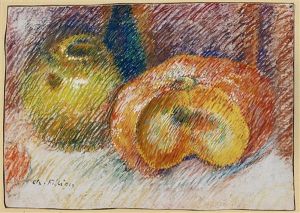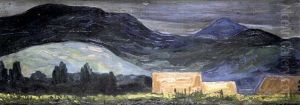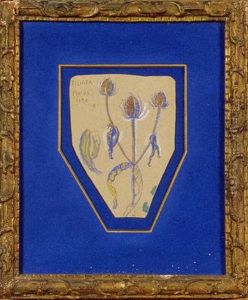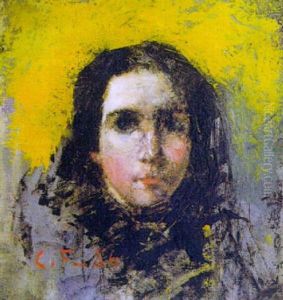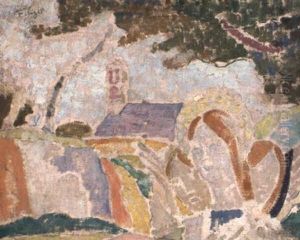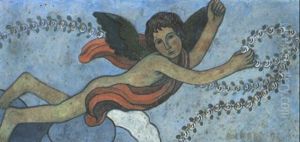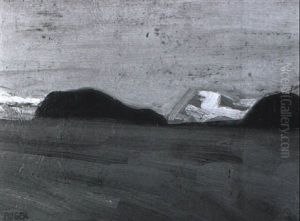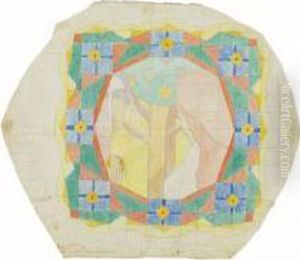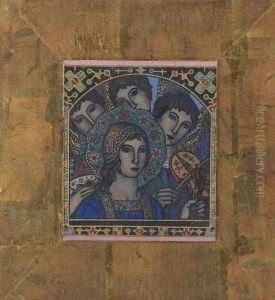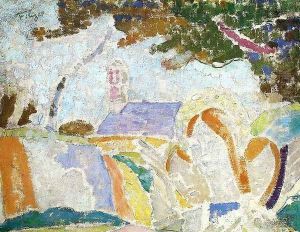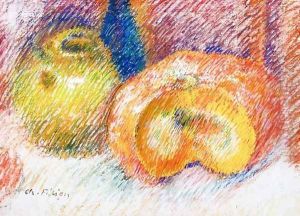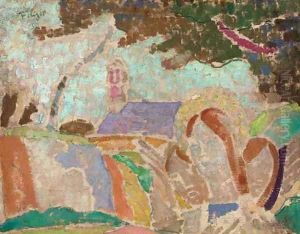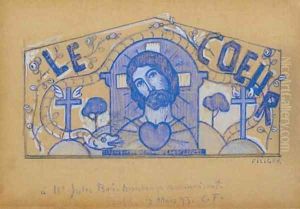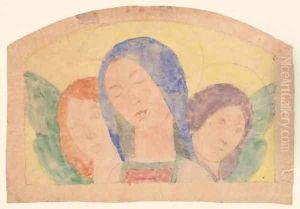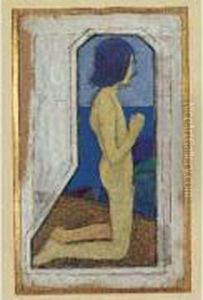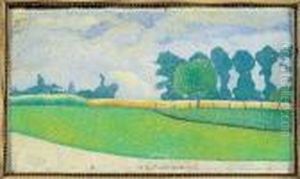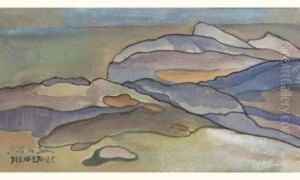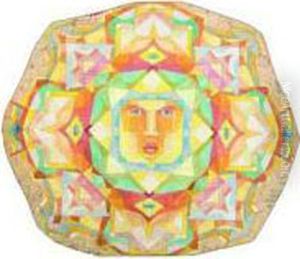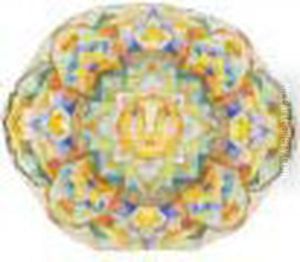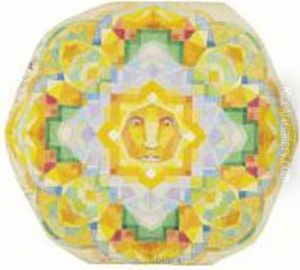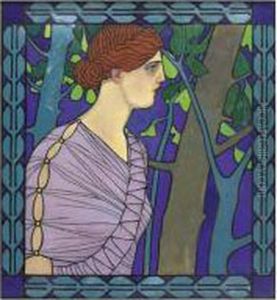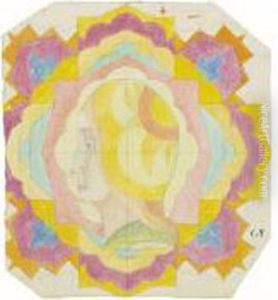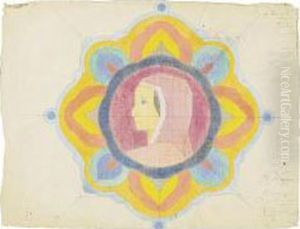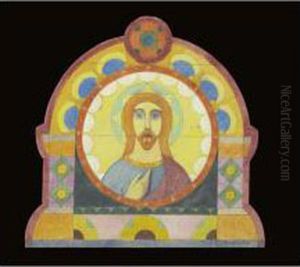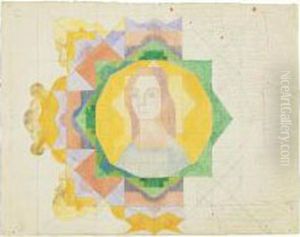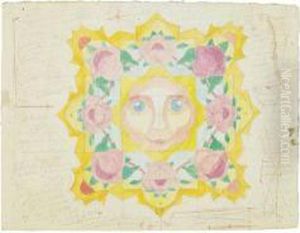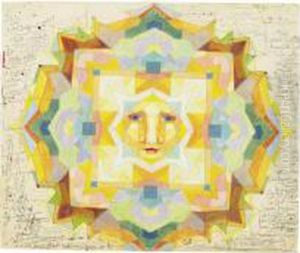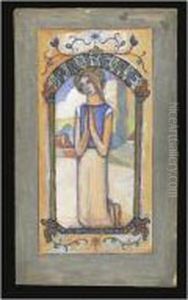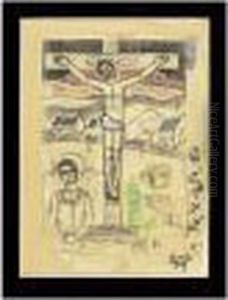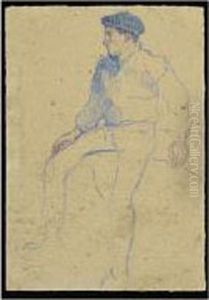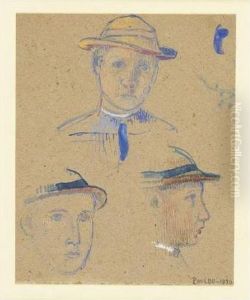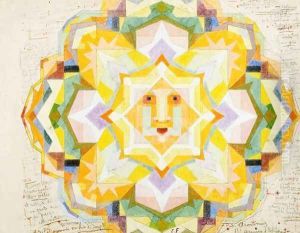Charles Filiger Paintings
Charles Filiger was a French Symbolist painter, best known for his intricate and detailed works that often incorporated religious and mystical themes. Born on November 28, 1863, in Thann, Alsace, then part of the German Empire, Filiger developed an early interest in art and went on to study at the Académie Colarossi in Paris.
During his time in Paris, Filiger became associated with the Symbolist movement and was influenced by the Nabis, a group of Post-Impressionist avant-garde artists. He was particularly close to Paul Sérusier, who was a key figure among the Nabis and the creator of 'The Talisman,' a work that had a significant impact on the development of the group's aesthetic.
In the 1890s, Filiger moved to Brittany, which was a popular destination for many artists at the time. The region's rugged landscape and the spiritual quality of its Celtic culture deeply influenced his work. He settled in the remote area of Le Pouldu, where he became a neighbor and friend of Paul Gauguin.
Filiger's work is characterized by its meticulous detail, vibrant colors, and the use of intricate patterns. His compositions often featured biblical and mythical subjects, portrayed in a highly stylized manner that reflected his Symbolist ideals. He sought to express the spiritual and the divine through his art, aiming to transcend the material world.
Despite the unique quality of his work, Filiger lived in relative obscurity and struggled financially throughout his life. His reclusive nature and the declining interest in Symbolism towards the end of his career left him marginalized from the art world.
Charles Filiger's health deteriorated, and he spent his later years in poverty. He died on January 11, 1928, in Châteauneuf-du-Faou, Brittany. Although not widely recognized during his lifetime, his work has been reassessed and is now appreciated for its contribution to the Symbolist movement and for its distinctive vision within the broader context of Post-Impressionism.
